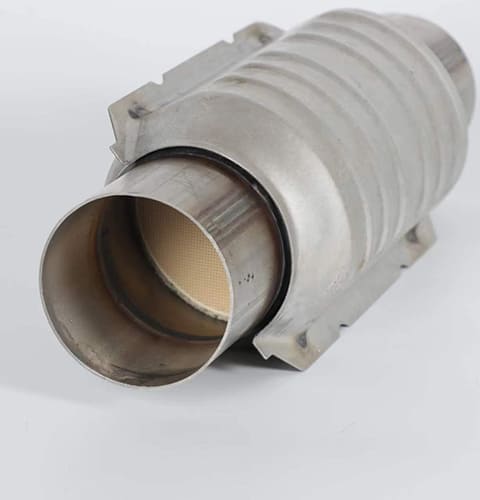In the bustling world of automotive parts trade, have you ever paused to consider how global emission standards impact your business? As a wholesale buyer, do you often wonder what catalytic converters meet the vast array of international requirements? And is there a significant difference between these standards across continents?
Understanding global emission standards is vital for catalytic converter wholesale buyers. With the global push towards cleaner air and reducing carbon footprints, nations worldwide are tightening their emission standards. As a result, the catalytic converter market has to adapt rapidly. By understanding these standards, wholesalers can make informed buying decisions, ensuring the products they stock are compliant and meet market demands.
The importance of emission standards cannot be understated. Their influence on purchasing decisions, market demand, and stock selections makes them a cornerstone topic for any informed wholesale buyer.

How do Emission Standards Differ Globally?
Global emission standards have been adopted by various countries, each with its unique requirements. These standards are designed to control pollutants released from vehicles, with catalytic converters playing a pivotal role.
- European Emission Standards: The European Union has a series of standards, starting from Euro 1 to Euro 6d. The latest standard, Euro 6d, is the strictest and applies to new types of cars.
- U.S. EPA Standards: The United States Environmental Protection Agency (EPA) has its own set of regulations. The Tier 3 emission standards have been in effect since 2017.
- Asian Standards: Asian countries like China and India are rapidly catching up with their Western counterparts. For instance, China’s China VI and India’s Bharat Stage (BS) VI are comparable to Euro 6.
Why are These Standards Important for Wholesalers?
These standards influence the design and materials used in catalytic converters. A converter that meets Euro 6 standards might differ from one that adheres to the U.S. Tier 3 requirements.
For wholesalers, this means that the demand for converters will vary based on the region they supply to. Ensuring that the converters are compliant with the respective region’s emission standards is crucial to avoid compliance issues and ensure customer satisfaction.
What Challenges Do Wholesalers Face in Sourcing Compliant Converters?
Sourcing compliant catalytic converters can be a challenge for several reasons:
- Diverse Requirements: As seen above, different regions have different standards. This means wholesalers need to be aware of the specific requirements for each region they serve.
- Authenticity Concerns: The market is flooded with counterfeit products. How can wholesalers ensure that the converters they purchase genuinely meet the claimed standards?
- Cost Implications: Higher standards often mean pricier converters due to the advanced technology and materials required. How can wholesalers strike a balance between cost and compliance?

How Can Wholesalers Ensure They Source the Right Converters?
- Stay Updated: Regularly check authoritative sources for any updates in emission standards.
- Choose Trusted Suppliers: Partner with reputable suppliers known for their authentic and compliant products.
- Ask for Certifications: Before making bulk purchases, always ask for certifications that confirm the product’s compliance with specific emission standards.
Conclusion
The world of catalytic converters is ever-evolving, driven largely by the global push towards cleaner air. For wholesalers, staying ahead means understanding and adapting to these global emission standards. By being informed, making smart partnerships, and always demanding authenticity, wholesalers can thrive in this challenging yet rewarding market.


